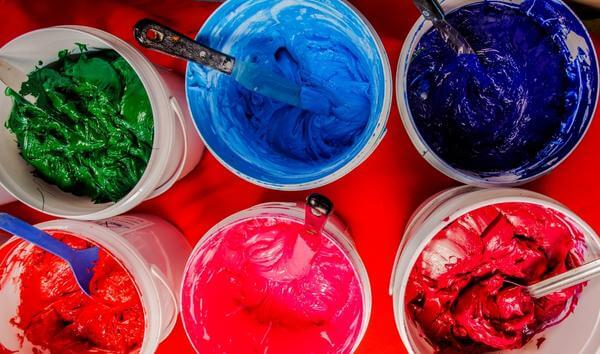MAINTAINING INK FORMULA LOGS
 Don’t find yourself in this situation… A customer called and wants to reorder a large job you did three months ago. Terrific! You’re excited to get the repeat business on a profitable order, but you soon realize that your ink department didn’t log the original ink formulas or do any drawdowns to match from and all the colors were completely custom. Yikes! You have a huge problem, because the customer wants exactly what you did the last time and now you must tell them that you’ll have to start from scratch. What? Not only does this make you look unprofessional, but you lose valuable time redoing all the color matching the approvals alone could take days. You could lose this order just because you didn’t log your ink formulas. Big mistake!
Don’t find yourself in this situation… A customer called and wants to reorder a large job you did three months ago. Terrific! You’re excited to get the repeat business on a profitable order, but you soon realize that your ink department didn’t log the original ink formulas or do any drawdowns to match from and all the colors were completely custom. Yikes! You have a huge problem, because the customer wants exactly what you did the last time and now you must tell them that you’ll have to start from scratch. What? Not only does this make you look unprofessional, but you lose valuable time redoing all the color matching the approvals alone could take days. You could lose this order just because you didn’t log your ink formulas. Big mistake!Here are a few simple things you can do to maintain a logging system in your screenprint shop:
INK MATCHING SYSTEM
Most ink suppliers have an ink matching system, which I recommend that you use one. However, know that there are a lot of Pantone formulas that require tweaking, so be prepared and have a place to record the formula adjustments for future reference.
CREATE DIGITAL AND HARD COPY LOG FILES
Develop a simple form to record all the pertinent details. Make it user friendly and easy for everyone to comprehend. Include a section where you can add notes like, if the ink has any additives, or special instructions on how the ink needs to be handled, etc. Keep a hard copy as a backup just in case your system crashes. Organize your hard copies in a binder for easy reference.
CREATE DRAWDOWNS
These are actual representation of the ink on fabric. It’s helpful to produce multiple copies of the ink on white and black fabric pieces. Ideally, your screen mesh should be between 160 230. Once completed, attach the drawdown to the hard copy log file and place it in a binder for future reference.
PANTONE MATCHING SYSTEM(PMS)
Pantone books are a universal color guide and are a great tool to have for selecting and communicating color to your customers. To maintain color accuracy, be sure to keep them clean and store them in a dark area so that dirt and light do not deteriorate t he quality of the book.
USE A LIGHT BOX
This is a must if color is important to you and your customer. Color can look very different in different types of light from natural to artificial the color can shift dramatically. For example, if you’re printing for a school and need to match a specific blue for team uniforms, the basketball team uniforms (indoors) may require a slight tweak in ink color than the soccer team uniform (outdoors) in order to ensure they visually look like the same blue.
USE A DIGITAL GRAM SCALE
If you don’t have one, I suggest you purchase one. They’re great for making very small batches of ink accurately. I recommend using a 300g x 0.01 size scale, which is perfect for measuring from the smallest up to 300 grams.
ORGANIZE YOUR INK CONTAINERS
One of the easiest things you can do to clean up your ink storage area is to use clear containers with chemical proof labels. Not only does it make it easier to find a color visually, with the chemical proof label there’s no worries about what’s inside the container, which will make your safety team members happy. Also, make it a habit to clean your ink containers after each use, which will keep ink off of you and your product plus, it’ll keep your shop looking clean and professional.